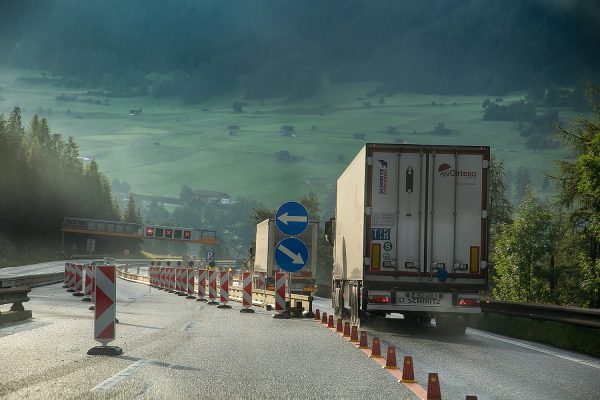
Elizabeth Collett of the Migration Policy Institute Europe tells The Economist there are three possible futures for the continent’s free-travel Schengen area:
- The slow spread of border controls, quietly tolerated by Brussels.
- The expansion of controls via technology, such as numberplate recognition and spot checks.
- A regression to a smaller number of separate passport-free zones, for example, the Benelux, Nordics and Iberia.
The current track
We are currently on track #1. Six of the 26 countries in Schengen maintain some form of border checks. They are supposed to be temporary, but few expect them to be lifted when they expire in November.
The right wing in Germany calls for turning away refugees at the border if they have already applied for asylum in another EU member state. The new populist government in Italy may find it easier to nudge unwanted immigrants northward instead of deporting them.
#2 would help, but it is an imperfect solution. Migrants will always find places to pass through undetected.
The fear is #3. At the height of the refugee crisis in 2015, the Benelux proposed a “mini-Schengen” together with Austria and Germany.
What needs to be done?
To avoid that outcome — read my explainer from 2016 on why Schengen is so important — the bloc needs to:
- Strengthen its external borders; and
- Come up with a better asylum policy.
That’s easier said than done.
- Northern member states don’t trust Greece and Italy to properly register all asylum seekers as they are supposed to under current EU law.
- Central and Eastern European member states resist schemes that would distribute immigrants proportionately across the EU.
